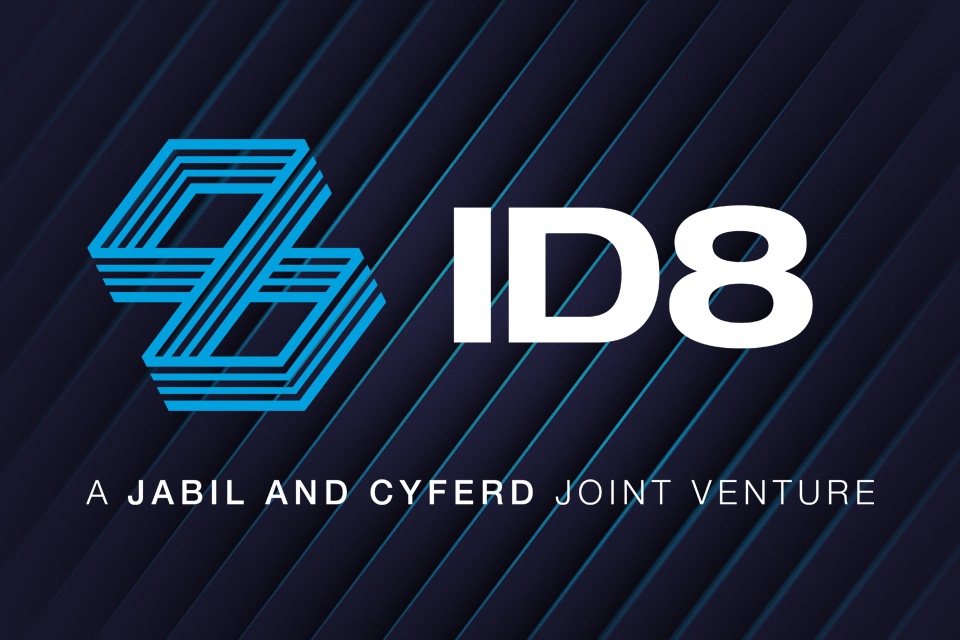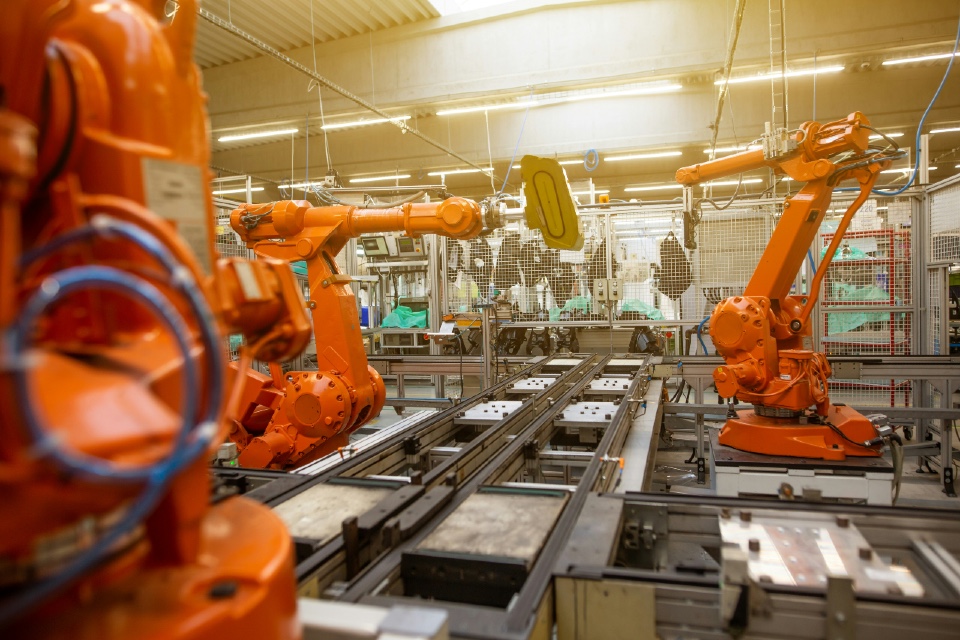By Jonah McIntire, Chief Platform Officer at Transporeon, A Trimble Company
Shippers, carriers and logistics service providers (LSPs) alike have been slowly adopting AI for almost a decade. So, in a sense, AI is nothing new. What is new, however, is the meteoric rise of generative AI. The buzz around this reached a fever pitch in 2023 and this year, we’ve seen shippers, carriers and LSPs transition from the thrill of its potential to the pragmatism of implementation. This requires a robust AI strategy with guardrails around data bias, transparency, compliance, ethics and more.
Where can generative AI bring value?
AI’s impact on logistics and transportation won’t be a sudden revolution but a steady evolution. As a starting point, it can help to think of AI as additional ‘talent’. A good way to map out potential implementations is to identify which teams are being held back because of a lack of knowledge or high labour costs and use AI to help solve this problem.
So far, AI implementations in the logistics industry have focused on process automation and data-driven prediction. These generally don’t involve newer generative AI models, but symbolic AI (which focuses on explicit knowledge representation and logical reasoning) and statistical AI (which uses data patterns and probabilities to learn and make predictions).
Classic procurement tools, many of which predate the current generative AI boom, are a great example. In particular, spot buying is an excellent AI use case. Why? Firstly, it involves set budgets and carrier/lead time requirements, so the algorithm has explicit constraints within which to work. Secondly, negotiations follow a simple structure – participants can make an offer, wait for a response, make a counteroffer, accept an offer, or end a negotiation. AI can also help LSPs on the other side of spot procurement, allowing them to automatically offer instant, accurate quotes based on predicted market rates. This automation means they can quote for – and win – more opportunities.
Another AI use case is real-time ETA prediction. A decade ago, accurately predicting arrival times for loads seemed impossible, as strikes, traffic jams and adverse weather appeared utterly random to the human eye. However, today, AI models can uncover hidden patterns by analysing years of data. This enables shippers and carriers to accurately predict ETAs, ensuring they’re always prepared to receive loads.
Looking towards future AI implementations: The best UI is no UI
So, where does generative AI fit into this picture? Though it will undoubtedly unlock efficiencies and new capabilities across the logistics value chain, many changes will only be obvious within organisations. The transformation of logistics software user interfaces (UI) is an obvious exception.
Most software currently uses a graphical user experience. Users engage by moving their mouse to an object, clicking it, and keying in data or re-clicking. This means users must ‘train’ themselves on each platform’s symbolism (such as having navigation at the top versus on the side) and terminology (one platform might say ‘orders’ and another ‘shipments’). We forget that this form of interaction is ‘unnatural’ because we all grew up doing it! However, it often creates friction between intention and action from users, who must constantly micro-plan how to get what they want from systems.
Generative AI promises to change this by working in natural language with zero friction. Currently, most generative AI models use text boxes, but there’s no reason for progress to stop there. Humans talk faster than they write, so voice input could be a natural evolution, creating a perpetually available assistant who can ‘do’ any action within a specific platform. This would unlock myriad possibilities. For instance, a freight forwarder might verbally describe a complex shipment scenario and have the software generate the necessary forms.
What’s next?
One thing is certain – AI is poised to drive a new era of intelligent transportation. However, shippers, carriers, and LSPs can implement this technology in multiple ways. Some firms are choosing to invest in building their own AI tools in-house, which is demanding from a resource perspective.
On the other hand, many shippers, carriers and LSPs are opting to implement the best generative AI software from external providers. This strategy relies on the expertise of specialised firms and offers a faster time to implementation. It’s also worth noting that external providers (neutral third parties) typically work with multiple industry players. This collaborative, ‘platform’ approach means they can access a broader pool of data to train AI models, accelerating progress towards improving the industry’s safety, efficiency and service levels.
Whichever approach companies take, the time is now to embrace AI strategically in a rapidly changing landscape.







